With the rapidly increasing population, local authorities at all levels need to continue to allocate resources to invest in the construction, repair and upgrading of centralized water supply works, and at the same time have active solutions to support businesses in land acquisition, construction and investment in centralized water supply pipelines for people... Thereby, it is necessary to ensure the maintenance and increase of the rate of clean water supply for daily life and water that meets standards for rural people.
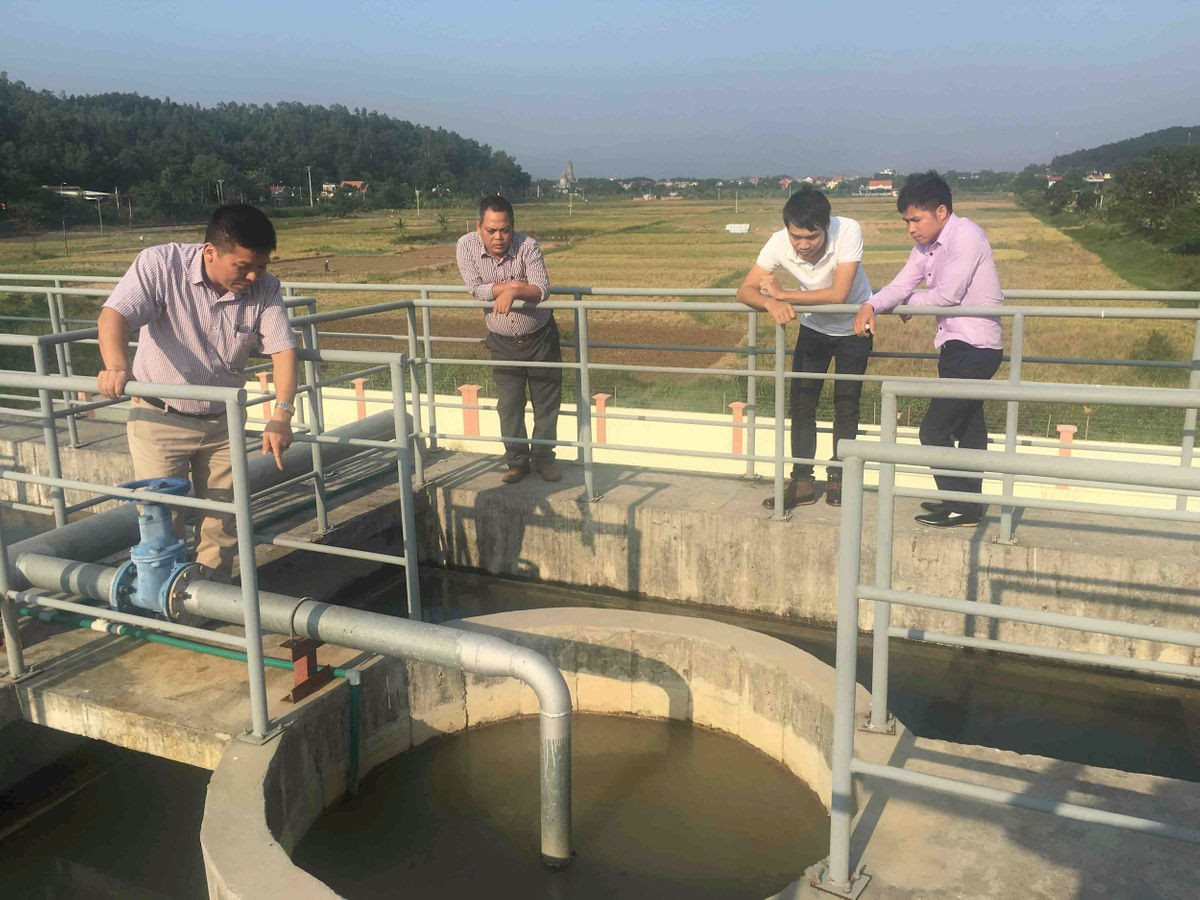
It is known that Resolution No. 10-NQ/TU dated September 26, 2022 of the Quang Ninh Provincial Party Committee on strengthening the Party's leadership in resource management, environmental protection, natural disaster prevention and mitigation, climate change response, and ensuring water security in the period of 2022 - 2023, sets a goal that by 2025, 80% of rural households will have access to clean water according to standards... According to the Provincial Planning orientation to 2025, Quang Ninh's population will reach about 1.97 million people, the permanent population will be about 1.449 million people, of which the rural population will be about 434,000 people.
Therefore, the quality of domestic water is always of great concern to many people, not only in rural areas but also in urban areas. Clearly defining the task, Quang Ninh province has been very determined in directing for many years, paying special attention to the goal of bringing clean domestic water to rural areas as quickly, widely and effectively as possible.
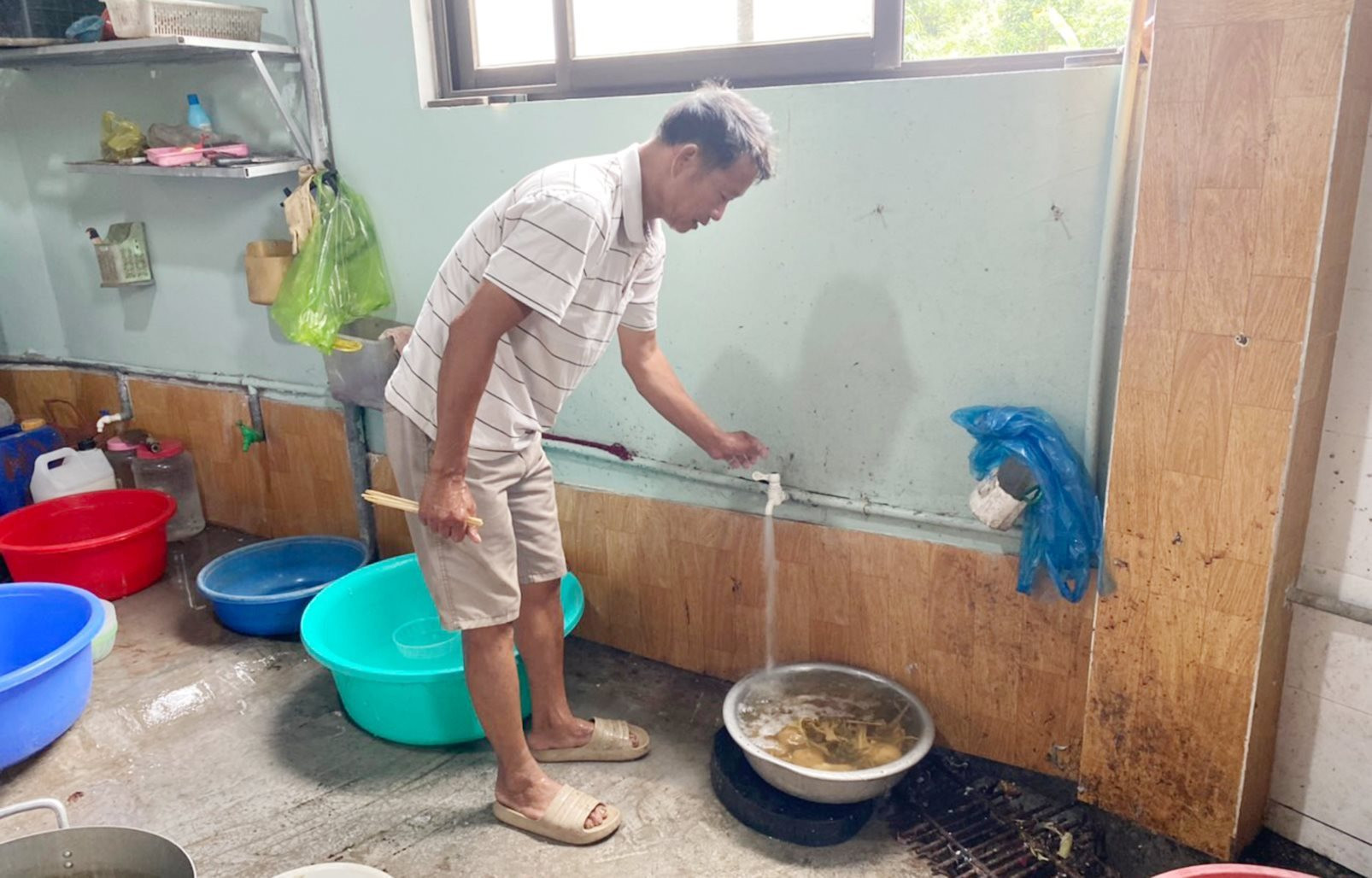
The representative of the Department of Agriculture and Rural Development of Quang Ninh province said: In the coming time, in addition to focusing on investing in factories and clean water supply networks, Quang Ninh province is promoting propaganda about the benefits of using clean water in daily life, gradually raising awareness of people, especially in rural areas and ethnic minority areas. At the same time, promoting the management, economical, effective, comprehensive and multi-purpose use of water resources, as well as applying water-saving technologies and production methods through the development of reasonable farming models, proactively preventing, combating and minimizing harmful effects on water resources.
Source


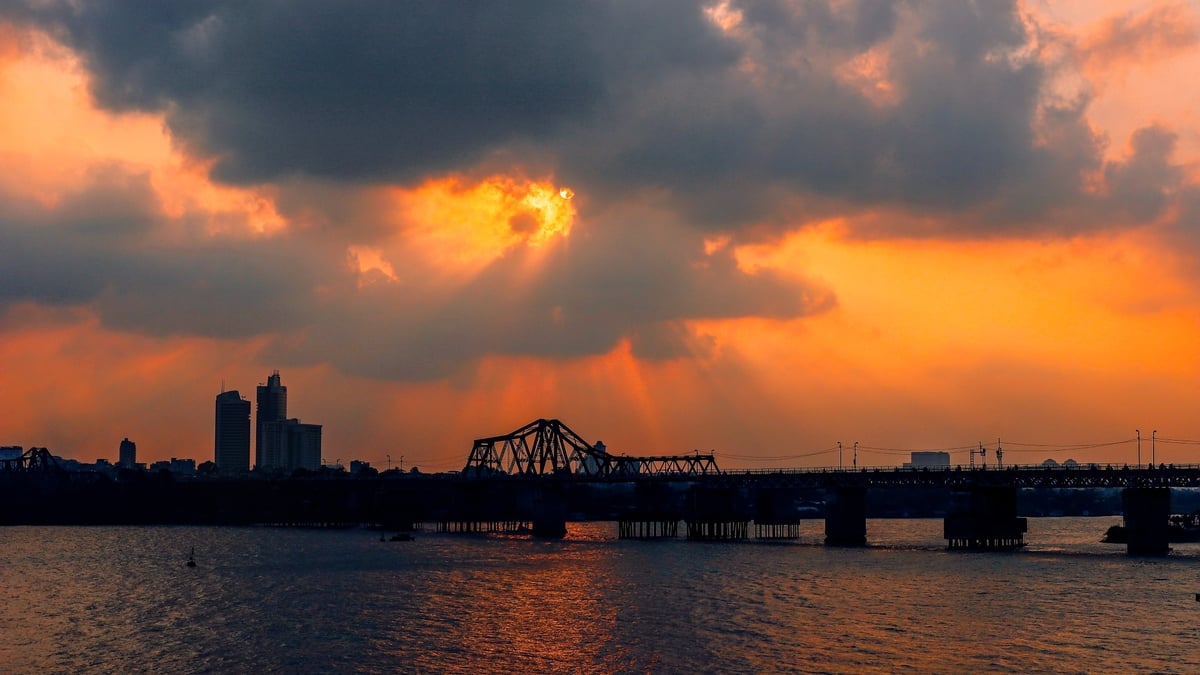


![[Photo] Prime Minister Pham Minh Chinh and Prime Minister of the Kingdom of Thailand Paetongtarn Shinawatra attend the Vietnam-Thailand Business Forum 2025](https://vphoto.vietnam.vn/thumb/1200x675/vietnam/resource/IMAGE/2025/5/16/1cdfce54d25c48a68ae6fb9204f2171a)




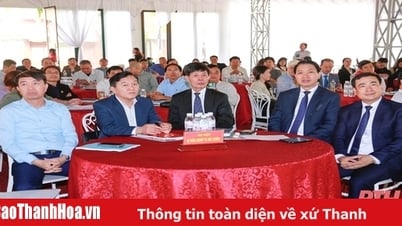

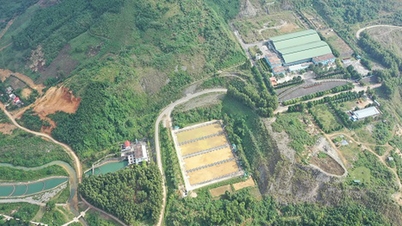

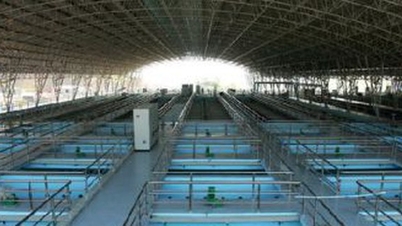

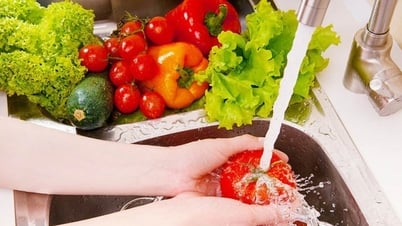

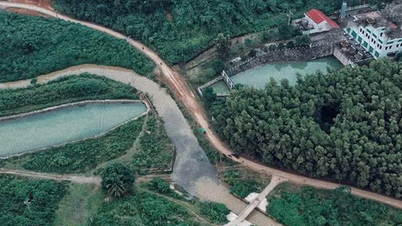
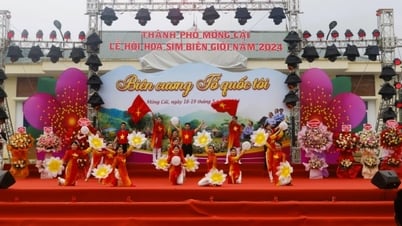







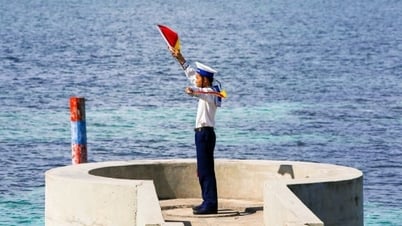




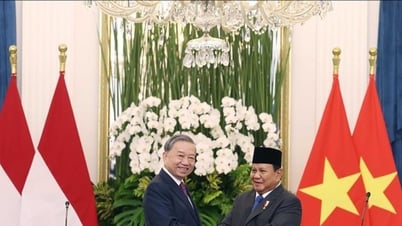
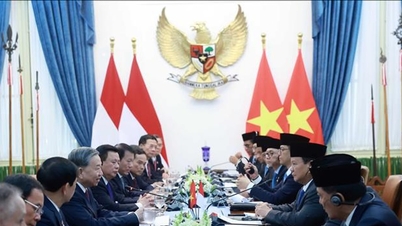

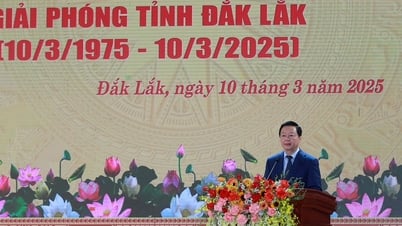
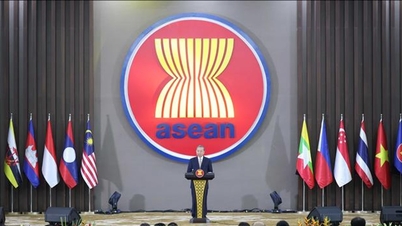

![[Photo] President Luong Cuong receives Prime Minister of the Kingdom of Thailand Paetongtarn Shinawatra](https://vphoto.vietnam.vn/thumb/1200x675/vietnam/resource/IMAGE/2025/5/16/52c73b27198a4e12bd6a903d1c218846)


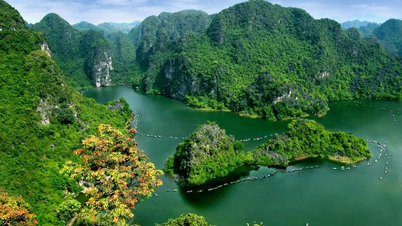

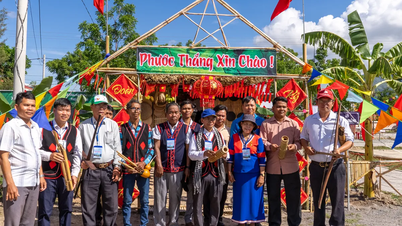

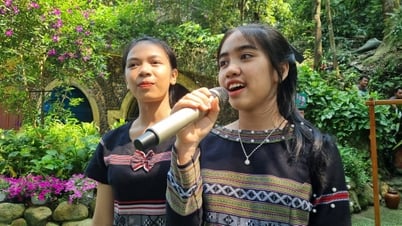


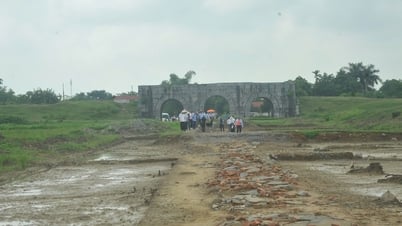



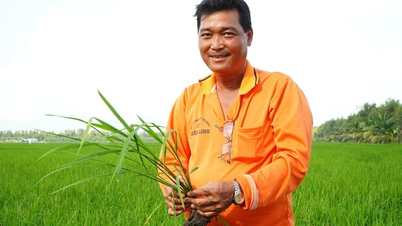

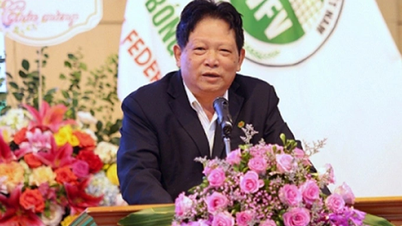


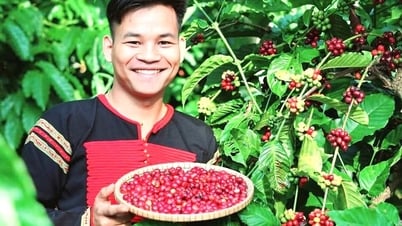





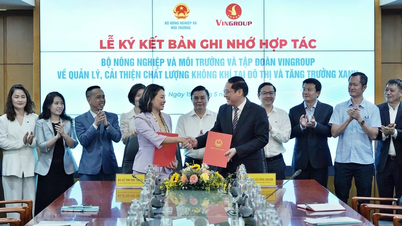

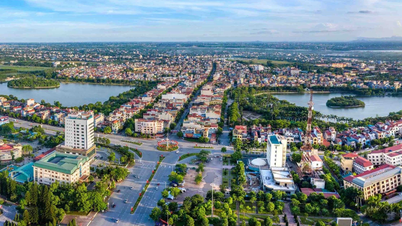






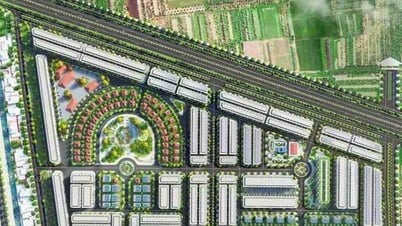


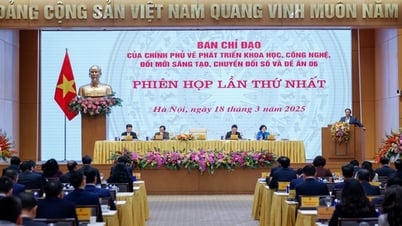
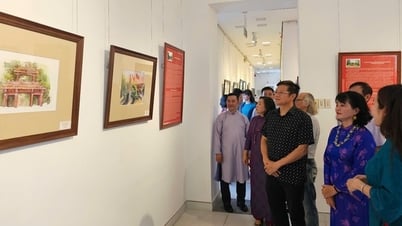

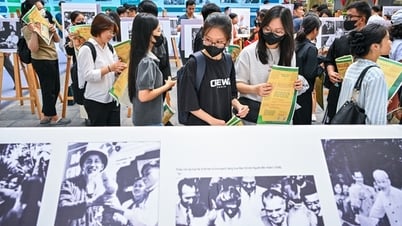



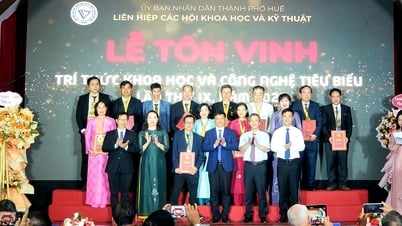



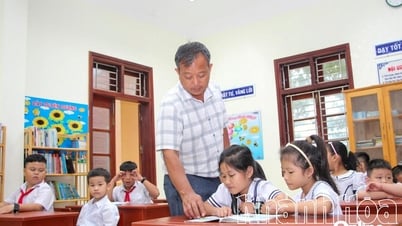

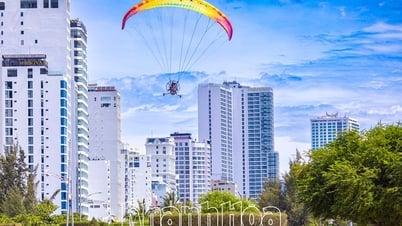




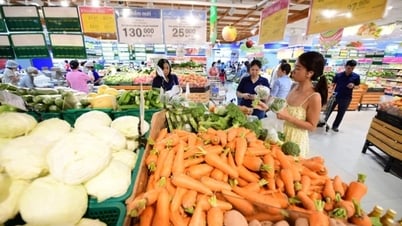

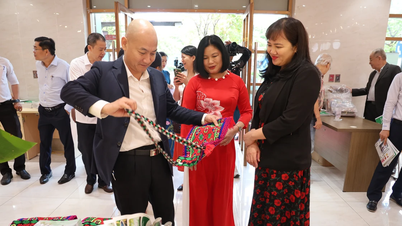

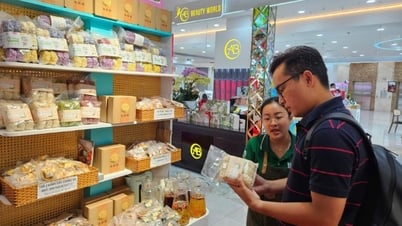
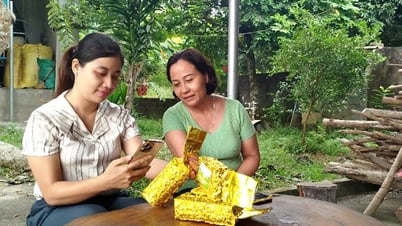

Comment (0)